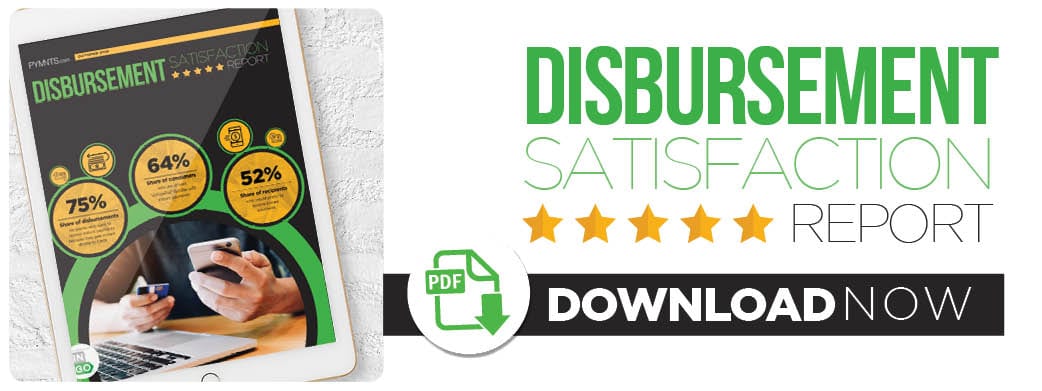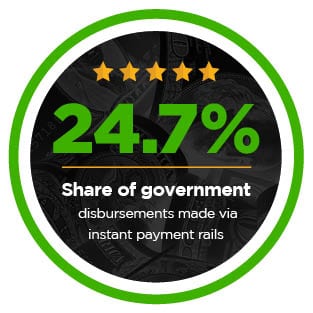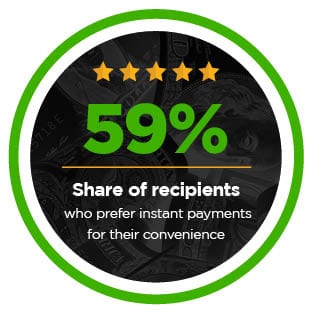REPORT: Adoption Of Instant Payments For Disbursements Has Quadrupled In Three Years

 Everyone loves to get paid, but no one likes waiting to get paid. Waiting for checks to arrive in the mail, or for bank deposits to process, can be frustrating — especially for consumers struggling to make ends meet between paychecks.
Everyone loves to get paid, but no one likes waiting to get paid. Waiting for checks to arrive in the mail, or for bank deposits to process, can be frustrating — especially for consumers struggling to make ends meet between paychecks.
 It is no wonder that instant disbursements, which provide consumers with funds that are readily available and safe to spend, are more popular in 2019 than they have ever been. The share of U.S. consumers who have received instant disbursements increased almost fourfold during the past three years alone, jumping from 11 percent in April 2017 to 42.2 percent in 2019.
It is no wonder that instant disbursements, which provide consumers with funds that are readily available and safe to spend, are more popular in 2019 than they have ever been. The share of U.S. consumers who have received instant disbursements increased almost fourfold during the past three years alone, jumping from 11 percent in April 2017 to 42.2 percent in 2019.
Even more would prefer to receive them. Just over half of all U.S. consumers have said they would like to receive disbursements via instant payment rails, making them the most in-demand payment method for receiving disbursements. Overall, consumer satisfaction with instant disbursements stands at about 80 percent.
So, why do more consumers still receive disbursements via check and bank deposit, rather than get paid how they want?
This is just one of the questions PYMNTS set out to answer in the 2019 Disbursement Satisfaction Report, in collaboration with Ingo Money. PYMNTS surveyed more than 5,000 U.S. consumers about whether they have received disbursements, the types of institutions from which they received them and how they would like to receive them, if they could choose.
which they received them and how they would like to receive them, if they could choose.
The answers to these questions and more were different, depending on who was asked. The research shows that 37.4 percent of consumers receiving government payments, such as tax refunds, want to receive instant disbursements — but only 24.7 percent actually do.
PYMNTS also looked into the question of consumer satisfaction, which varied based on consumers’ financial stability. Those consumers who live paycheck to paycheck tend to be highly satisfied with instant disbursements, with eight out of 10 respondents in this group saying they were very or extremely satisfied with the instant disbursements they received.
Findings like these offer only a glimpse into the highly complex relationships between consumers’ personal circumstances, how they receive disbursements and how they would like to receive them.
To learn more about the forces driving the seismic shift toward instant payment adoption, download the report.